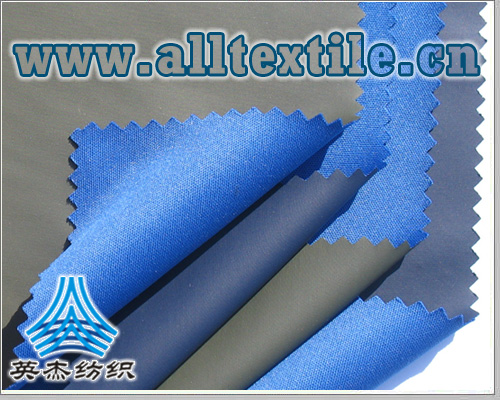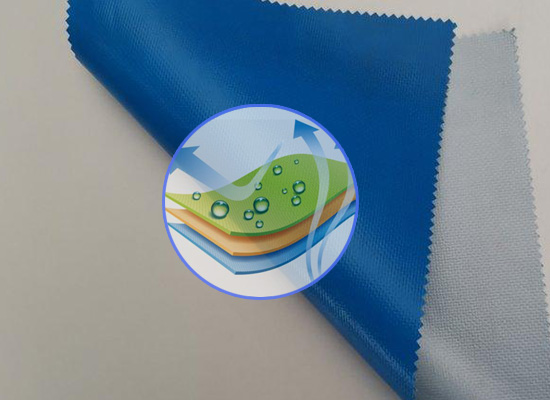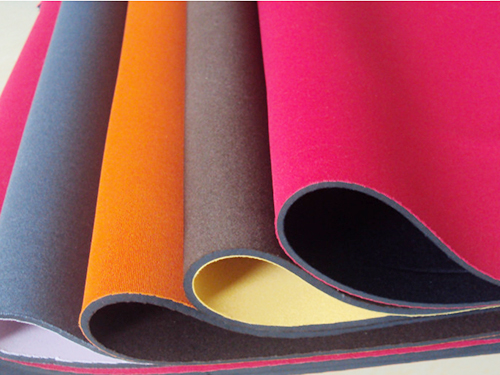[Popular Science Knowledge] Aramid fiber – a low-key invisible king
Aramid fiber is no stranger to composite materials (here composite materials refer to resin-based fiber composite materials). Because it is cost-effective, it is destined not to be fully covered like glass fiber. Unlike carbon fiber, which has extremely obvious properties and is widely used.
Aramid composite materials are widely used in military industry, such as fighter jets, bulletproof armored vehicles, light tanks, bulletproof cash transport vehicles, and bulletproof panels. During the Gulf War, a large number of aramid composite materials were used on American and French aircraft. At the same time, in order to meet the needs of counter-terrorism, many developed countries’ military and police use para-aramid fiber in large quantities in their body armor, bulletproof helmets, stab-proof and cutting-proof suits, explosive disposal suits, high-strength parachutes, etc.
Aramid composite materials are also widely used in sports equipment, such as the preparation of fishing rods, golf clubs, tennis rackets, bows and arrows, sleds and other supplies to increase the service life of these equipment.
Aramid fibers can also be used as coated fabrics for air-supported structural buildings and inflatable tape products, such as rubber boats, life rafts, airships, balloons, special clothing, etc. It can also be used in shipping, aerospace, rail transportation and other fields.

01
A brief introduction to aramid fiber
The full name of aramid fiber is “aromatic polyamide fiber”, which refers to a long-chain synthetic polyamide fiber with more than 85% of the amide bonds directly connected to the benzene ring. The amide bonds connected are aromatic rings or derivatives of aromatic rings, and are flame retardant. , high temperature resistance, high strength, high modulus, insulation and other outstanding properties, it is a new type of special polymer material. Currently, there are two types of aramid fibers on the market that have achieved widespread commercial application and production, namely meta-aramid fiber and para-aramid fiber.
Meta-aramid has excellent thermal stability, flame retardancy, electrical insulation, chemical stability and radiation resistance. The full name of meta-aramid is “polyisophthalyl-m-phenylenediamine” (MPIA) fiber, which is an organic polymer fiber synthesized from isophthaloyl chloride and m-phenylenediamine. Because the amide bond is connected at positions 1 and 3 of the two benzene rings, it is also called aramid 1313. Meta-aramid has long-term thermal stability, which is its most important characteristic. It can be used at high temperatures of 200°C for a long time without aging, and has excellent dimensional stability. Meta-aramid is intrinsically flame retardant, with a limiting oxygen index (LOI) >28%. It will not spontaneously ignite or melt in the air, nor will it produce droplets, and will self-extinguish upon leaving the flame. Meta-aramid has excellent electrical insulation, and the insulating paper made from it has a breakdown voltage of up to 20kV/mm. Meta-aramid has excellent corrosion resistance and radiation resistance. In addition, meta-aramid also has low rigidity and high elongation, and can be processed by conventional textile machinery.
Para-aramid has excellent properties such as high specific strength, high specific modulus, high temperature resistance and flame retardancy. It is known as the world’s three major high-performance fibers together with carbon fiber and high-strength and high-modulus polyethylene. The full name of para-aramid is “poly-paraphenylene terephthalamide” (PPTA) fiber. It is an organic polymer fiber synthesized from terephthaloyl chloride and para-phenylenediamine. Due to the amide bond connecting two benzene rings, The No. 1 and No. 4 positions are also called aramid 1414. The tensile strength of para-aramid fiber is 6 times that of steel wire, and 2 to 3 times that of glass fiber and high-strength nylon industrial yarn; its tensile modulus is 2 to 3 times that of steel wire and glass fiber, and 10 times that of high-strength nylon industrial yarn. ; Its density is only about 1/5 of steel wire. Para-aramid has good impact resistance, corrosion resistance and fatigue resistance, and is known as “ballistic fiber”. The heat resistance of para-aramid is higher than that of meta-aramid. It can still maintain its original strength after hundreds of hours at a high temperature of 200℃, and it will not decompose or melt at a high temperature of 560℃. In terms of environmental protection, the stable structure of para-aramid fiber and its resistance to degradation also determines its difficulty in later recycling and environmental impact.

02
History of Development of Aramid Fiber
Aramid fiber was first developed by DuPont in the United States. DuPont developed a high-performance para-aramid fiber with the trade name “Kevlar” in 1966 and began industrial production in 1971. In addition, the world’s major manufacturers engaged in para-aramid production include Japan’s Teijin Company, Russia’s Heat-Resistant Company, and South Korea’s Kolon Company. Since the industrial production of aramid fiber was realized in the late 1960s, in the past 40 years, aramid fiber has gone through the transition stage from military strategic materials to civilian materials.
my country has launched aramid research since the “Sixth Five-Year Plan” period, but the key technologies for industrialization have not been able to break through for a long time. Domestic demand for para-aramid mainly relies on imports. In recent years, with the continuous breakthrough of aramid technical barriers, my country’s para-aramid industryculture began to flourish. At present, more than ten domestic companies are engaged in the industrial production of para-aramid fiber, including Sinochem Morning Light, Taihe New Materials, Suzhou Zhaodate, etc.

03
Market demand for aramid fiber
The current global demand for meta-aramid and para-aramid is 80,000 tons/year and 40,000 tons/year respectively, and production capacity is mainly concentrated in foreign-funded enterprises such as DuPont of the United States and Teijin of Japan. The domestic effective production capacities of meta-aramid and para-aramid are 10,000 tons/year and 2,500 tons/year respectively. Among them, the domestic demand for para-aramid exceeds 10,000 tons/year, and the import dependence is high.
In 2017 and 2018, my country imported 3,368 tons and 3,392 tons of aramid fiber. With the expansion of downstream applications of aramid fiber, aramid fiber’s high dependence on imports will continue.
To sum up, aramid fiber lags far behind foreign countries in terms of technology and output. It is not that the domestic market is not strong, but it is extremely strong, so it relies heavily on imports. From the perspective of market demand, aramid fiber is definitely the best fiber. The king of reinforcing materials, and the king of making a fortune silently.






